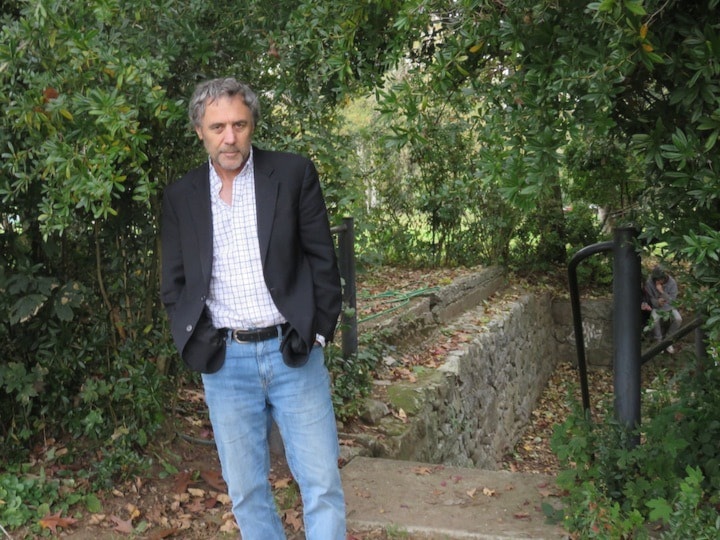Navigation has changed: where once we hauled out the road map (and later, tried to refold it), now we tell our smart phone where we want to go and she tells us how to get there. For those of us who are navigationally challenged, it’s a bit of a miracle.
In Canada’s literary landscape we’re celebrating our new navigational devices. Enter literary mapping, an online resource that’s complementary to our well-oiled readerly imaginations. Literary mapping makes it possible to actually go to the place where writers wrote or novels were set and see for ourselves — and develop a great reading list to boot.
Literary maps tell us where the landmarks are: the places where writers burned the midnight oil, or their characters lived: think Sunshine Sketches of a Little Town by Stephen Leacock (Orillia), or St. Urbain’s Horseman by Mordechai Richler (St. Urbain street in Montreal). Or the fictionalized versions of real places, such as Manawaka in Margaret Lawrence’s The Diviners (Neepawa, Manitoba). How cool is it to raise a glass in the pub where, in the ‘60s and ‘70s, Canada’s first poet laureate George Bowering raised his own glass with poets Susan Musgrave, Stan Persky, and Brian Fawcett?
While Library and Archives Canada has literary maps that date back as far as 1936, the online literary maps of today are much more interactive. Each pin on the map offers a thumbnail of the author/book associated with that spot, with more information with a further click of the mouse: history, images, and even the chance to check out the book from your library. Take a virtual walk, meet your authors, and build your reading list.
The Vancouver Public Library Literary Landmarks site (vpl.ca/literarylandmarks) does just that. To get the ball rolling, librarian Sandra Sing of VPL reached out to BC Bookworld publisher Alan Twigg, who in 1986 wrote Vancouver & its Writers:A Guide to Vancouver’s Literary Landmarks. As keeper of the database abcbookworld.com — home to information on more than 11,000 BC writers — Twigg was the perfect partner to recreate that project for the Internet age 20 years later.
Vancouver’s online literary landmarks map is live, and it’s growing. Should you decide to take the physical tour (plug the address into your smart phone or find your own way Voyageur-style) there are now 26 plaques to read once you get there,with more to come. Wayson Choy’s plaque is on East Pender near his childhood home; Malcolm Lowry’s plaque celebrates the site where Under the Volcano was written. Who knew Margaret Atwood wrote Lady Oracle in Vancouver?
Literary tourism isn’t new. When visiting England a few years ago I had lunch at — be still, my beating heart! — the Eagle and Child pub in Oxford, where The Inklings met regularly to raise a glass and stoke imaginations: these were J.R.R.Tolkien, C.S. Lewis, and others. I drank my stout and absorbed it all, happy as a literary clam.
Now, online literary tourism offers unprecedented breadth, scope, and cause for celebration. Since partnering withVancouver Public Library, Twigg has begun working on a BC-wide map, seeking regional partners and aiming to bringBritish Columbia writers and their books into the spotlight in this new, comprehensive, and friendly way.
The launch date for the site is still a few months away, but oh, what roads await us! What trails ahead! We have the navigation system; now, we just need to plan all of the places we want to go. Our online literary explorers will chart new territory, mining the depths of the Interior for literary luminaries. When we get there, we’ll have the best sort of map in our virtual back pocket — no refolding necessary.
Anne DeGrace is the adult services coordinator at the Nelson Public Library. Check This Out runs every other week. For more information go to nelsonlibrary.ca.
